For decades, neuroscientists have grappled with the challenge of observing neural activity in living organisms without causing significant damage or disruption. Traditional methods often required invasive procedures or provided only limited snapshots of brain function. However, a groundbreaking advancement is reshaping the field: the development of transparent brain imaging windows that enable long-term, high-resolution observation of neural activity in vivo.
Revolutionizing Neuroscience Through Transparency
The concept of a "transparent brain window" might sound like science fiction, but it represents one of the most exciting technological leaps in modern neuroscience. These innovative devices, typically made from biocompatible transparent materials, are surgically implanted into the skull, creating a literal window into the brain's inner workings. Unlike previous techniques that required repeated invasive procedures, these windows remain stable for months, allowing researchers to study the same neural circuits over extended periods.
What makes this technology truly transformative is its compatibility with various imaging techniques. From two-photon microscopy to optical coherence tomography, scientists can now apply multiple imaging modalities through a single window. This versatility enables researchers to track everything from individual neuronal firing to broader network dynamics, all while the subject remains awake and behaving normally.
Overcoming Historical Limitations
Before the advent of transparent imaging windows, scientists faced fundamental trade-offs between spatial resolution, temporal resolution, and experimental duration. Acute preparations offered detailed views but couldn't track changes over time. Chronic implants allowed longer studies but often sacrificed image quality or caused tissue damage that compromised results. The new generation of transparent windows elegantly solves these problems by combining the best aspects of both approaches.
The materials science behind these windows is equally impressive. Modern versions use advanced nanocomposites or specially engineered glass that maintain optical clarity while promoting tissue integration. Some designs even incorporate microfluidic channels for simultaneous drug delivery or electrophysiological recording capabilities. This multi-functionality transforms what was once a simple viewing portal into an active experimental interface with the brain.
Unprecedented Insights into Brain Function
With the ability to observe the same neural populations week after week, researchers are making discoveries that were previously impossible. Studies of learning and memory now track how specific circuits reorganize over time. Investigations into neurological diseases can monitor disease progression at the cellular level. Even basic questions about how neural networks develop and maintain themselves are yielding new answers thanks to this prolonged observational capability.
One particularly exciting application involves studying neurovascular coupling—the relationship between neural activity and blood flow. Through transparent windows, scientists can simultaneously image neuronal firing and capillary blood flow, revealing intricate details about how the brain regulates its energy supply. These insights have profound implications for understanding strokes, Alzheimer's disease, and other conditions where this coupling breaks down.
Expanding the Boundaries of Brain Research
As the technology matures, its applications continue to grow. Some labs are combining transparent windows with genetically encoded calcium indicators, creating systems that light up when neurons fire. Others are integrating the windows with miniature microscopes that can be mounted directly on an animal's head, allowing neural observation during completely unrestrained behavior.
The impact extends beyond basic research. Pharmaceutical companies are adopting these windows to test how experimental drugs affect neural activity over time. The ability to repeatedly image the same brain regions provides more reliable data than traditional methods that require sacrificing different animals at each time point. This not only improves research quality but also reduces the number of animals needed for studies.
Challenges and Future Directions
Despite its promise, the technology isn't without limitations. Maintaining optical clarity over months requires careful engineering to prevent clouding from tissue growth or immune responses. Researchers are experimenting with various surface treatments and anti-fouling coatings to address these issues. Another challenge involves developing windows large enough to image broader brain areas while still being practical for implantation.
Looking ahead, scientists envision even more sophisticated versions of these windows. Some propose designs that could adjust their optical properties on demand, or that incorporate arrays of microsensors to complement imaging data. There's also active work on making the windows compatible with a wider range of imaging wavelengths, which would enable more types of fluorescent markers to be used simultaneously.
Transforming Our Understanding of the Brain
The transparent brain imaging window represents more than just a technical achievement—it's fundamentally changing how we study the most complex organ in the body. By providing a stable, long-term view into living neural tissue, this technology is revealing the brain's dynamic nature in ways previously unimaginable. As the field progresses, these windows may become as fundamental to neuroscience research as microscopes are to biology, opening new frontiers in our quest to understand cognition, behavior, and neurological disease.
From basic research to clinical applications, the implications are profound. What began as a clever solution to an imaging problem has grown into a platform technology that's accelerating discoveries across multiple areas of brain science. As researchers continue to refine and expand these systems, we stand on the threshold of a new era in neuroscience—one where we can watch the living brain in action, day after day, as it performs the miraculous feats that make us who we are.
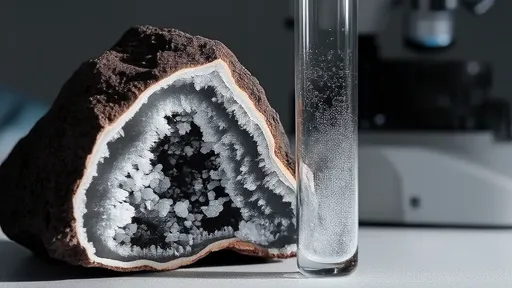
By /Jul 18, 2025

By /Jul 18, 2025

By /Jul 18, 2025

By /Jul 18, 2025

By /Jul 18, 2025
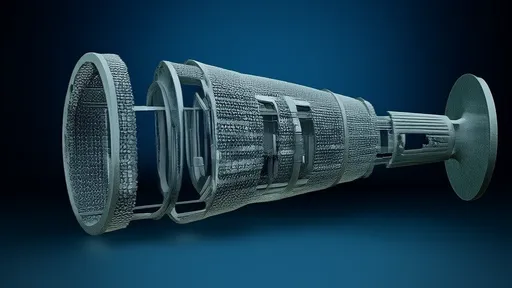
By /Jul 18, 2025

By /Jul 18, 2025

By /Jul 18, 2025
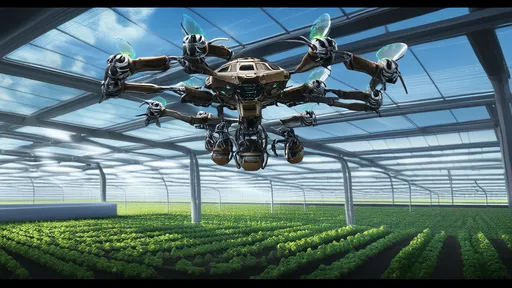
By /Jul 18, 2025
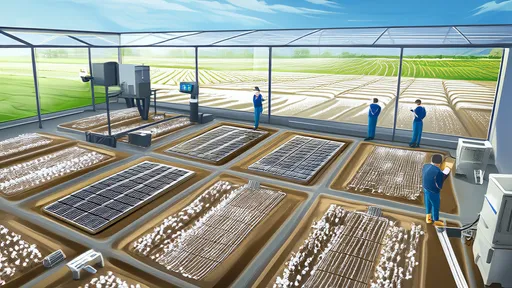
By /Jul 18, 2025

By /Jul 18, 2025
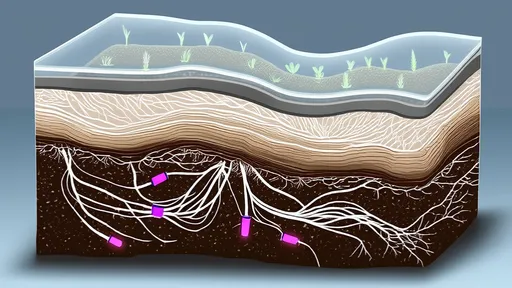
By /Jul 18, 2025

By /Jul 18, 2025

By /Jul 18, 2025

By /Jul 18, 2025
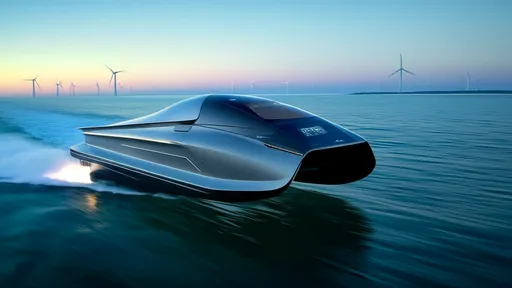
By /Jul 18, 2025
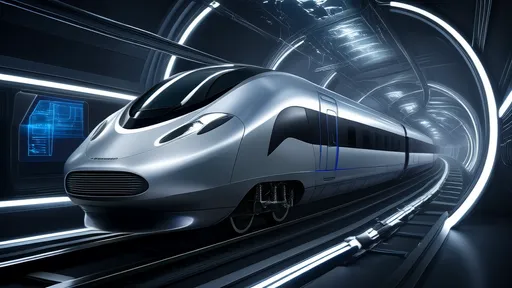
By /Jul 18, 2025
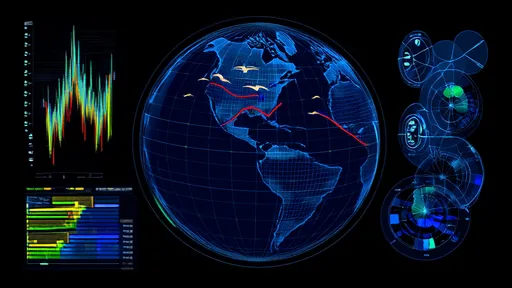
By /Jul 18, 2025